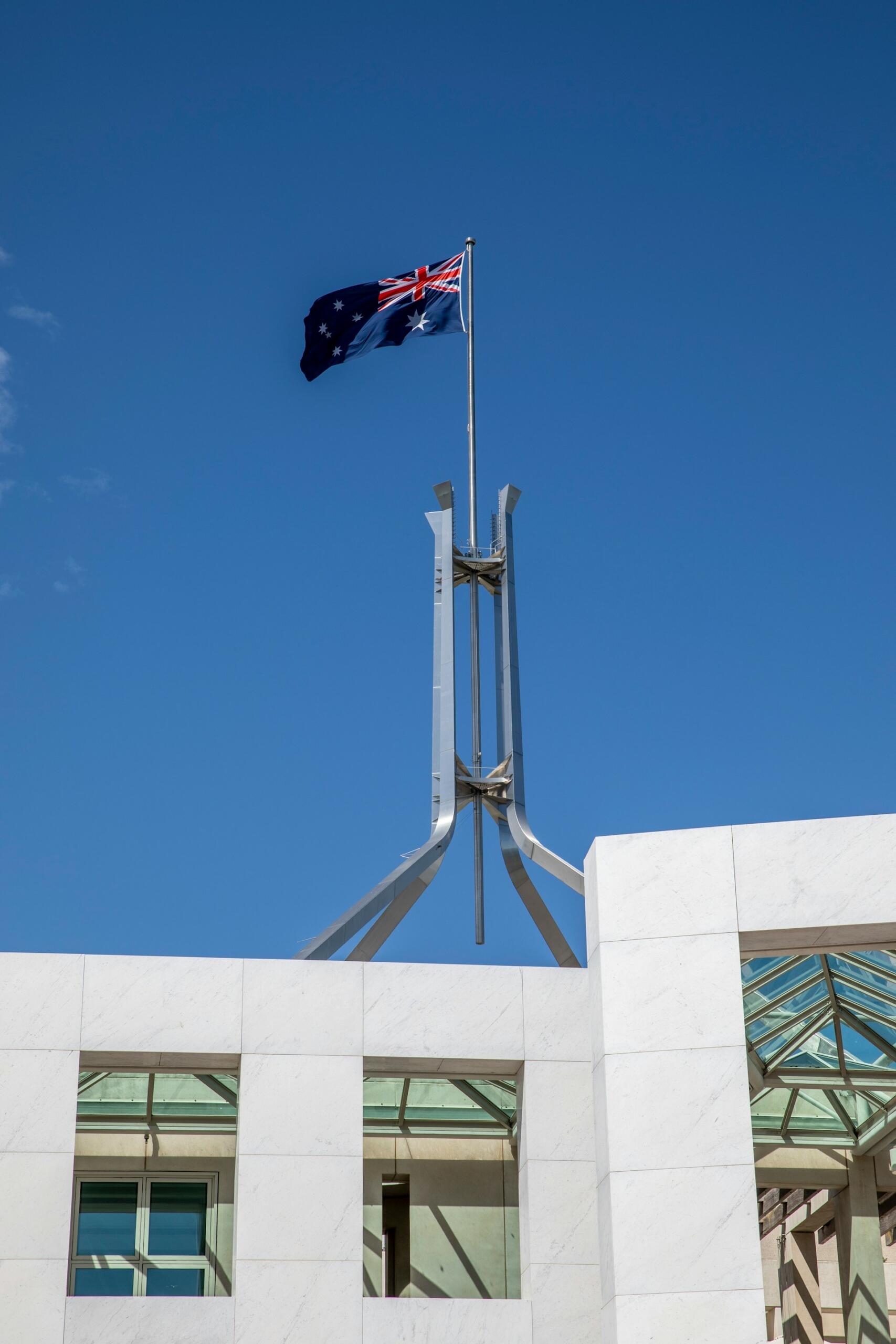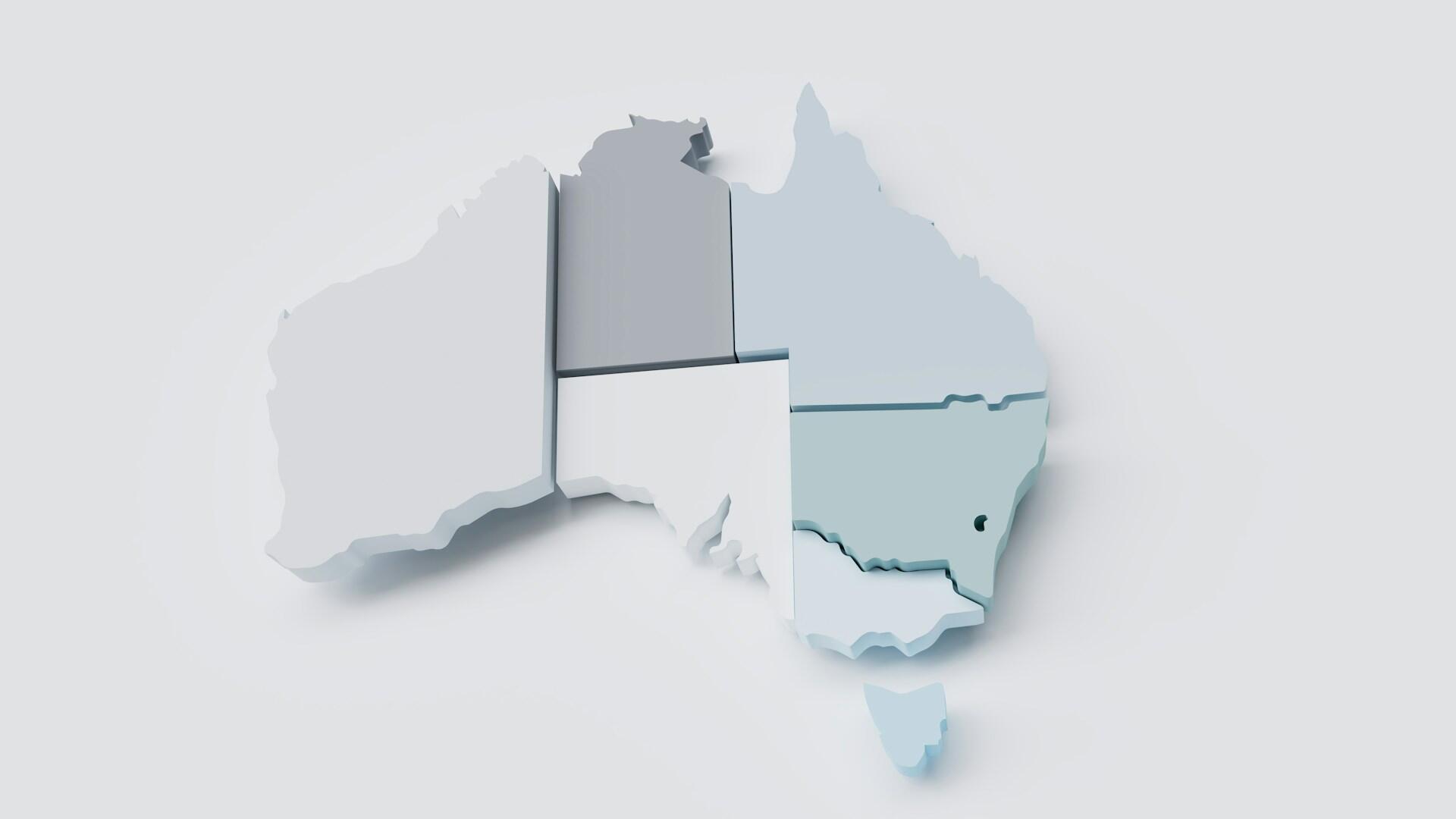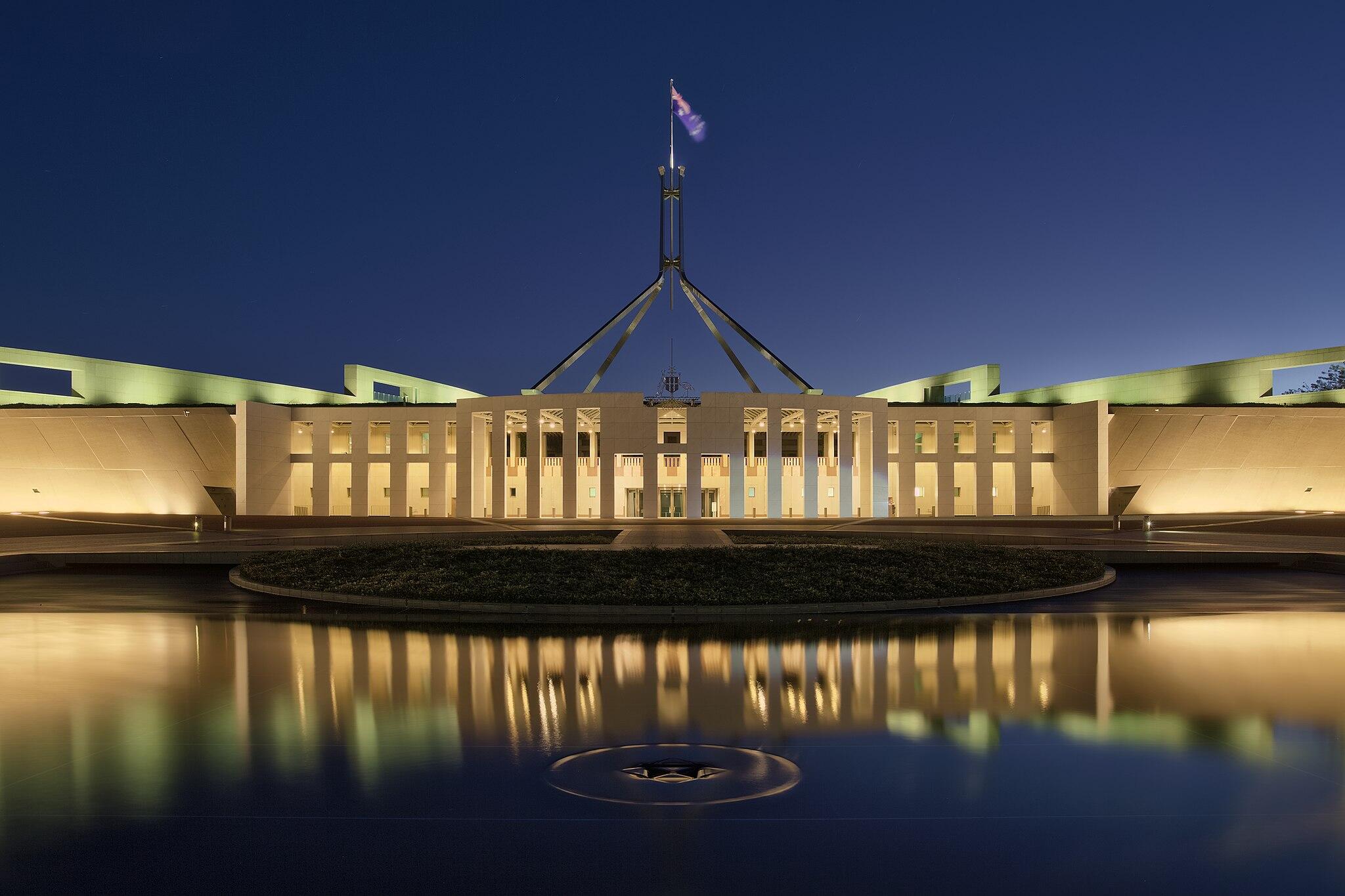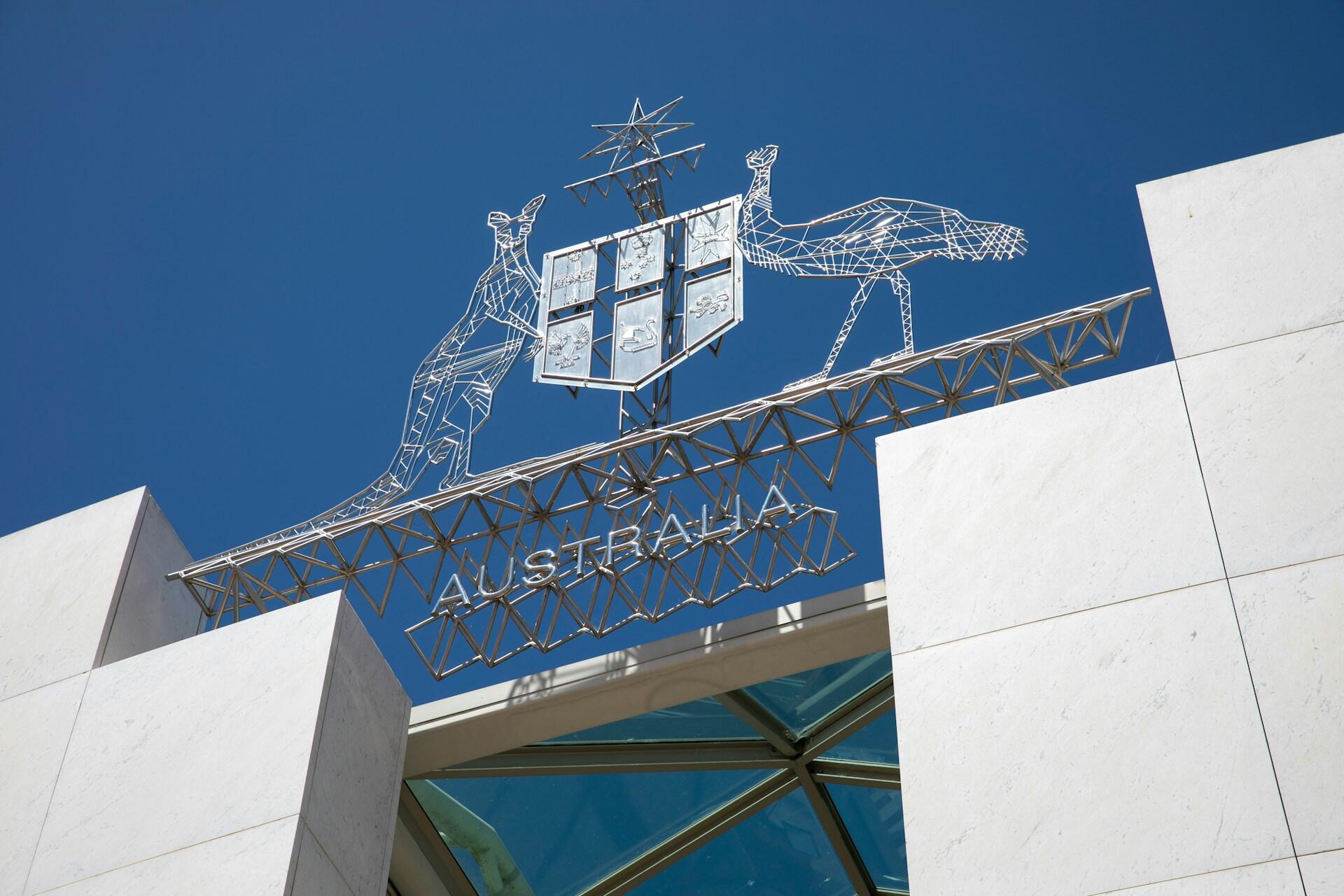The Australian government stretches from the local level - towns and cities, to the Parliament in Canberra. These levels are integrated, meaning they all need, support, and feed one another. Each level, and each branch of government, has distinct roles, responsibilities, and duties to its citizens. Australians, in turn, must study our political system, so we can be informed citizens when we cast our votes. In that spirit, we discuss democracy in Australia.

The Australian Government Structure

The Australian Federal government, in Canberra, gets most of the attention from newscasters, the press, and podcasters.
That's likely because our top level of government is the most impactful, overall. Cabinet ministers in Canberra decide our educational programs, our trade and foreign policy, and spending programs.
Those cabinet members - ministers, work directly with the Prime Minister. They put their political experience and specialised knowledge at the government's disposal.
Often, the Prime Minister's cabinet members are drawn from the pool of Senators, and Members of Parliament (MPs) from the House of Representatives. In Parliament, those elected representatives propose, debate, and pass laws. These bodies consist of a majority party, an opposition party, and several minority parties.
Australian Government at the State Level
State governments follow the same structure as our Federal government, but with a few small changes.
Federal government
- Head of government: the monarch
- Government leader: Prime Minister
- PM term limits: none
State government
- Head of government: the governor
- Government leader: Premier
- Premier term limits: serves at the governor's pleasure
Councils: Local Level Government in Australia
Local governments are Australia's most accessible level, for citizens and for those wanting to make a career in politics. Typically, politicians gain government experience in local councils before running for a state government position. At the local level, government systems look a bit different:
Head of government: mayor
Regulatory body: council
Area of service: rural, county, city
Scope of work: public health, land subdivision, recreation facilities, and more.
Across Australia's levels of government, we find similar structures, with practically the same functions. From top to bottom, the Australian government works together to serve its constituents' interests.

The Australian Parliamentary System
In 1901, when Australia declared itself a nation - or, more specifically, a federation of states, its founders had limited political experience. Most worked in service of the British Empire. So, when they established Australian government systems, they copied the political systems they knew.
A parliamentary government that follows specific procedures to run the governing body.
Many of those early Australians were staunch monarchists; they believed that royalty must be the head of government. However, they didn't care for the idea of royally-appointed aristocrats - lords, filling one half of their law-making body. So, they examined other political systems for a suitable replacement. After much deliberation, their government took shape:
Many countries have constitutions (foundation documents) - though, notably, the UK does not. So, our Australian Constitution does not come from the Westminster system. However, the Australian Senate is modelled on the American government model. The difference between the Westminster House of Lords and Australia's Senate is stark:
The Westminster system
- Lords are appointed for life
- no limit to the number of Lords
- Lords have limits on their legislative power
The Senate system
- Senators serve 6-year terms
- Senate is limited to 76 seats
- Senators have full legislative powers
Term limits allow voters to hold their senators and representatives accountable. Should a parliamentarian, from either house, fail to work towards citizens' interests, they risk being voted out of office during the next election. That accountability encourages the Australian Parliament to work to citizens' benefit.

Political Parties in the Parliamentary System

Australians often describe their political system as a duopoly, dominated by two major parties with seemingly similar agendas. While this perception contains some truth, Australia's political landscape is more nuanced, with distinct policy differences between the major parties.
Social democratic, socialist, progressive
anti-Labor, conservative, economically liberal
The Australian Parliament features twelve political parties, with Labor and the Liberal Party serving as the dominant forces. Among the remaining ten, the National Party maintains a close coalition with the Liberals, forming what's commonly known as the "Coalition." The other minor parties, though holding relatively few seats in either the House of Representatives or the Senate, play a crucial role in Australia's democratic process.
These parties' different ideologies ensure that all Australians' interests have representation in Parliament.
Establishing an officially recognised political party requires substantial grassroots support. Prospective parties must demonstrate significant membership not just in select regions, but across all Australian states, while also meeting federal membership thresholds. Once established, these parties must continuously maintain their membership numbers to preserve their official status.
and description
Failure to maintain minimum membership, at the state and parliamentary levels, results in the party losing its registration. It may not take part in parliamentary activity, even if it still represents voters. So, political parties in Australia work hard to meet their voters' needs, and grow their memberships.
This system ensures that parties genuinely represent a constituency of registered supporters who, at least in principle, will vote for the party's candidates. The result is a democratic framework that balances majority representation with diverse political voices.
Elections in Australia
Australians do a lot of voting, so much that it feels we're voting at every turn. We vote in federal, state, and local elections. We vote in by-elections, as needed, and in supplementary elections, when called on to do so.

We vote in referendums - at the state and federal levels, when important issues demand a public vote.
Sitting out an election is impossible in our country, as voting is mandatory.
Whatever your thoughts about compulsory voting, it benefits you. Australians live in a representative democracy. We have to vote our preference so we can be properly represented.
Citizens choose candidates to represent their interests in government.
As vast and populated as our country is, our government does not have the luxury of asking for every citizen's vote on every single issue. Governing systems would grind to a halt in the time and effort it would take to collect and tally all those votes. So, we elect representatives to vote on our behalf on routine government matters. Still, some issues are so important that they demand every citizen's vote.
Citizens vote for or against a proposed government initiative. We call those votes referendums.
Switzerland, a small country with 1/3 Australia's population, practices direct democracy with every vote. Australians practice limited direct democracy, via referendums, at the state and federal levels.
and description
Australians have referendums to vote on changes to the Constitution. To pass, a referendum must reach a majority in all six states, as well as the Northern Territory and the Australian Capital Territory. Our last successful referendum passed in 1977, to set age limits on federal judges.
It sometimes feels like elections in Australia go over the top - so many of them, and so often. Heading to the polls at every turn might be inconvenient. But, fulfilling our political obligations is what being politically engaged is all about.
Prime Ministers and Australian Democracy

As many countries around the world grapple with political turmoil and erratic leadership, Australia’s system offers a more measured path to power. Here, becoming Prime Minister isn’t something that happens overnight. It typically takes years—often decades—of public service, rising through the ranks of government, building policy experience, and earning the trust of colleagues and constituents alike.
By the time someone becomes Prime Minister in Australia, they’ve usually held multiple portfolios, worked across state and federal levels, and developed a solid understanding of diplomacy and the machinery of government. It’s a system designed to favour steady hands over celebrity candidates.
Still, experience doesn’t always translate to longevity or success. Looking back over the past 50 years, Australian politics has been marked by a revolving door of leadership. A surprising number of our last 10 Prime Ministers have served only a single term—or less—with internal party challenges often cutting terms short before voters had their say. This trend reflects a growing impatience and political volatility, even within our relatively stable system.
That makes the recent re-election of Prime Minister Anthony Albanese notable. Following the 2025 federal election, his government has secured a second term—something increasingly rare in modern Australian politics.
Anthony Albanese is the first Prime Minister in 20 years to win back-to-back federal elections.
Whatever changes may come, we wish the Prime Minister and all members of Parliament the resolve and integrity needed to tackle the challenges ahead. In a time when democracy can feel fragile, Australia’s steady institutions and informed electorate remain our greatest strengths.
















